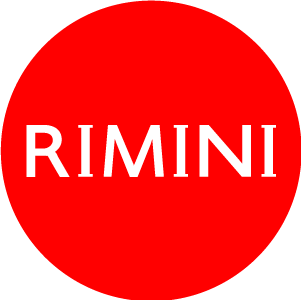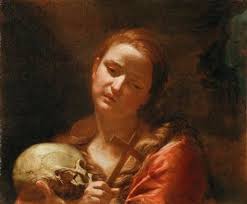
Guida pratica
Other artists and writers
Roberto Valturio (1413-1483): writer and reliable confidant of Sigismondo Pandolfo Malatesta
He was born in Rimini in 1413. He completed his studies in Rome, where he held the post of apostolic writer. He returned home in 1446 and married Diana Lazzari, widow of Giovanni Augurelli. Welcomed to the court of Sigismondo Pandolfo Malatesta, he became the closest friend and the most trusted advisor of the Lord, and an elegant writer, called "monarch of all sciences".
He dedicated to Sigismondo his work “De re militari”, completed in 1455: a broad treatise in Latin on the art of war, where he dealt in depth with military engineering, siege techniques, war machines and weapons, reserving a special and early attention to the artillery.
After Sigismondo's death, he served his son Roberto the Magnificent. The year of his death is not certain: the sarcophagus of the Malatesta Temple in which he rests brings the date of 1483, but an act of 1478 declares him already dead.
Guido Cagnacci (1601-1663): painter
He was born in Santarcangelo di Romagna in 1601. He was probably self-taught. From 1618 to 1621 he worked in Bologna in the workshop of a master identified with Guido Reni. In 1622 he was in Rome, following Guercino. In 1628, in Rimini, he tried to escape with a noble and rich widow, Teodora Stivivi: for this he was banned from the city. In 1642 we find him in Forlì (from where he had to leave, we do not know why, in 1645), in 1646 in Cesena, in 1647 in Faenza. He then went to Venice, and even here his stay was not completely quiet. Finally he moved to Vienna, invited by Leopold I, and painted several works for the Emperor and his court. He died in 1663.
Like other artists of his time, Cagnacci had an adventurous and turbulent life. Critics consider him one of the most authentic and brilliant artists of the seventeenth century.
Aurelio De' Giorgi Bertola (1753-1798): poet and writer
He was born in 1753 in Rimini, where he began his studies, continued in Todi. In 1769 he returned home and - although completely devoid of vocation - entered the order of the Olivetans. In 1773, after a stay in Siena, the fame procured by the poem “Notti clementine” (written for the death of Clement XIV) gave him the chair of History and Geography at the Academy of Marina di Napoli. In 1783 he returned to Rimini and had the dispensation of living outside the cloister. In Vienna, guest of the Apostolic Nuncio Giuseppe Garampi, he applied himself to the study of German literature. Returning from Austria, he was assigned the chair of History at the University of Pavia, until his precarious health condition made him lose his teaching position in 1793. During his stay in Pavia he traveled to Hungary, Switzerland and Germany. He returned to Rimini and remained there until 1797. He then went to Rome, from where he had to escape to Tuscany for the scandal aroused by his numerous (and flaunted) amorous adventures. In 1798, seriously ill, he returned to his hometown, where he died.
Bertola was an authentic poet. His fame is above all linked to the beautiful Viaggio sul Reno (Journey on the Rhine).

©2016-2023 Assessorato al turismo / Comune di Rimini, Piazzale Fellini 3 47921 - Rimini - +39 0541 704587 / Ufficio Informazioni Turistiche (IAT) +39 0541 53399 / fax +39 0541 56598 / Statistiche web


